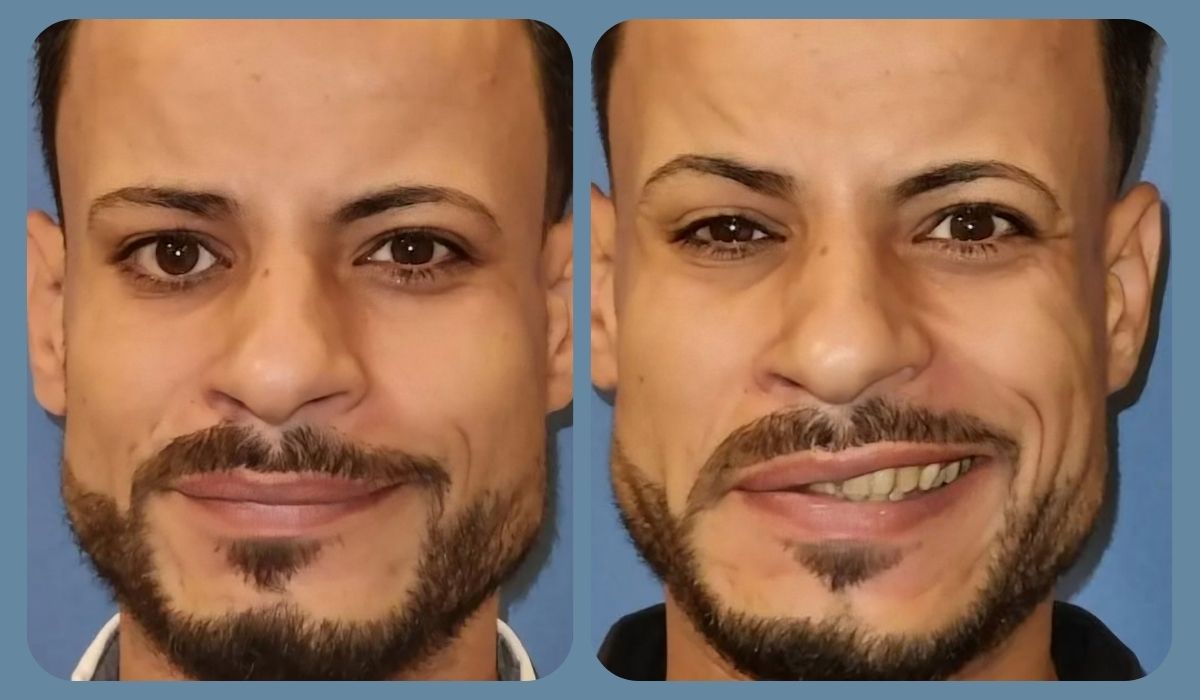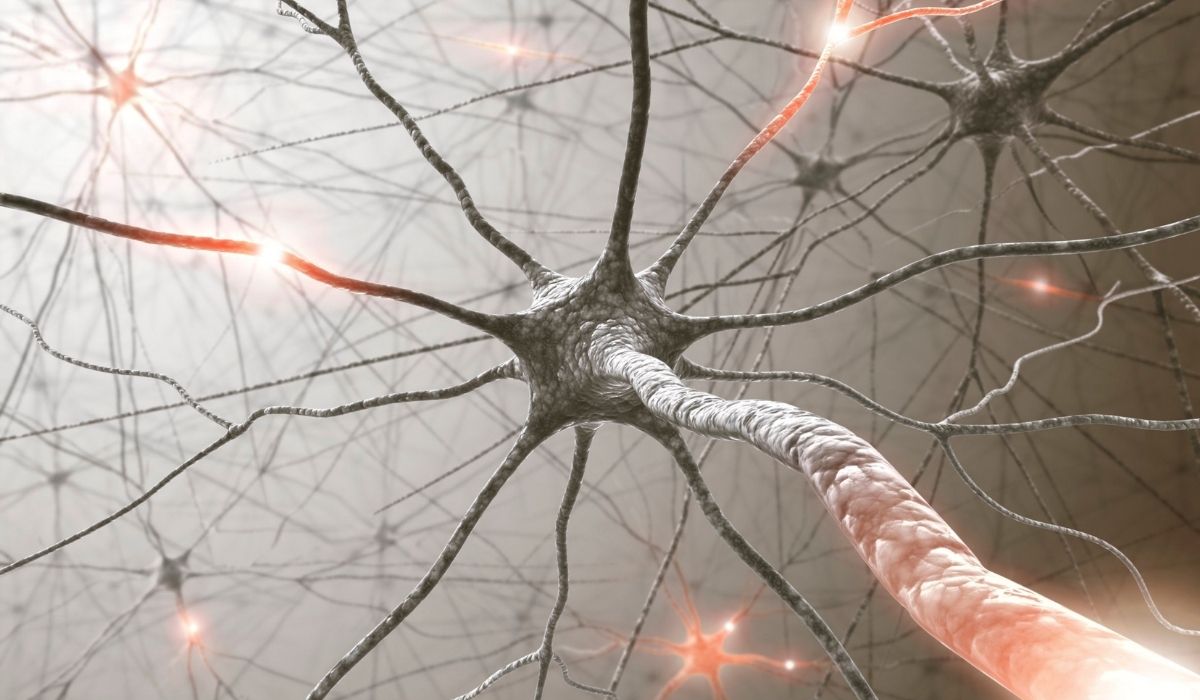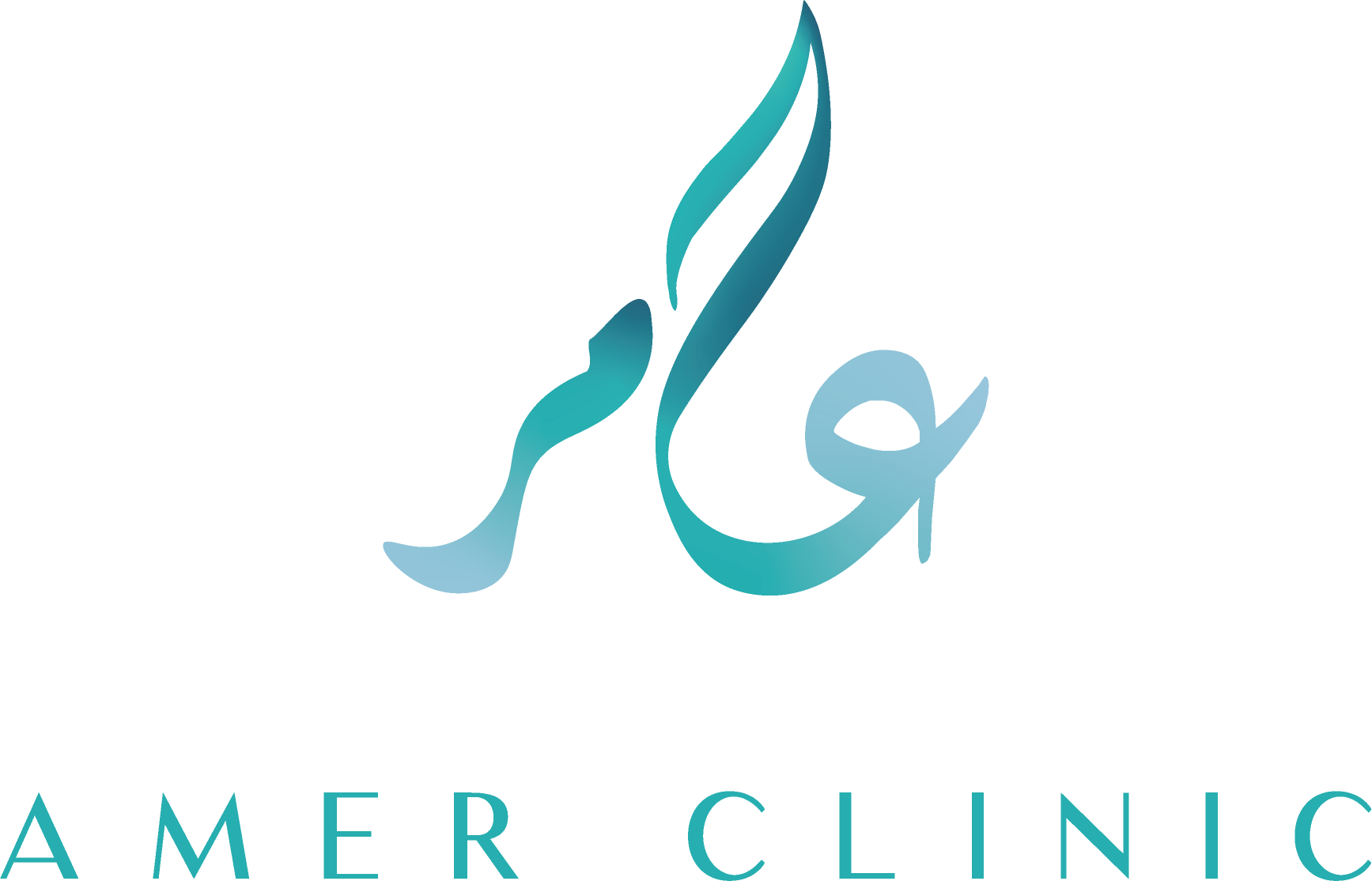
Table of Content
-
Understanding Facial Synkinesis
-
Causes and Risk Factors
-
Common Symptoms of Facial Synkinesis
-
How Synkinesis is Diagnosed
-
The Role of Dr. Tarek Amer in Managing Synkinesis
-
Treatment Options for Facial Synkinesis
-
Living with Facial Synkinesis
-
Why Choose Amer Facial Paralysis Center?
-
References and Resources
Understanding Facial Synkinesis

Facial synkinesis typically develops after facial nerve injury or Bell’s palsy. During nerve regeneration, misdirected nerve fibers may reconnect incorrectly, leading to simultaneous and unintended muscle contractions.
This means that voluntary actions like blinking, smiling, or chewing can trigger involuntary movements in other facial muscles, creating discomfort, asymmetry, and difficulty with facial expressions.
Causes and Risk Factors
-
Recovery from Bell’s palsy
-
Facial nerve trauma or injury
-
Tumor-related facial nerve damage
-
Surgical interventions affecting the facial nerve
-
Viral infections (e.g., herpes simplex)
Not all patients with facial paralysis develop synkinesis, but studies suggest that up to 30% of Bell’s palsy patients may experience it.
Common Symptoms of Facial Synkinesis
Facial synkinesis manifests in multiple ways. Symptoms vary from mild to severe and often worsen with stress or fatigue.
Eye-Related Symptoms
-
Involuntary eye closure while smiling
-
Twitching of eyelids during eating or talking
-
Excessive tearing when chewing (crocodile tears)
Mouth and Lip Symptoms
-
Mouth pulling to one side when closing the eyes
-
Difficulty with symmetrical smiling
-
Tightness in the lips during speaking
Neck and Cheek Symptoms
-
Neck muscle tightening during facial movements
-
Cheek dimpling or twitching when blinking
-
Spasms in chin muscles
Psychological and Social Symptoms
-
Embarrassment in social interactions
-
Reduced self-confidence
-
Emotional distress and anxiety
-
Avoidance of social gatherings
How Synkinesis is Diagnosed
Dr. Tarek Amer and his team use:
-
Clinical examination of facial movements
-
Video analysis to identify synkinetic patterns
-
Electromyography (EMG) for nerve activity mapping
This comprehensive approach ensures accurate diagnosis and tailored treatment.
The Role of Dr. Tarek Amer in Managing Synkinesis
With decades of expertise in plastic and reconstructive surgery, Dr. Amer has pioneered advanced methods to manage facial synkinesis. His approach includes:
-
Personalized patient evaluation
-
Cutting-edge surgical techniques
-
Integration of physiotherapy and rehabilitation
-
Compassionate patient-centered care
Treatment Options for Facial Synkinesis
Non-Surgical Approaches
-
Botulinum toxin injections (Botox®) to reduce unwanted movements
-
Facial retraining therapy to re-educate muscles
-
Medication for nerve relaxation
Surgical Approaches
-
Selective neurectomy (nerve cutting)
-
Myectomy (muscle removal)
-
Nerve grafting or transfers
Rehabilitation and Therapy
-
Mirror therapy
-
Neuromuscular retraining
-
Speech and swallowing therapy
Living with Facial Synkinesis
Living with synkinesis is challenging, but with the right support and treatment, patients can achieve:
-
Improved facial symmetry
-
Better quality of life
-
Reduced emotional stress
-
Restored confidence
Why Choose Amer Facial Paralysis Center?
-
Internationally recognized expertise of Dr. Tarek Amer
-
Specialized center dedicated to facial paralysis and synkinesis
-
Advanced diagnostic tools
-
Comprehensive treatment combining surgery and therapy
-
Compassionate, patient-focused approach
Take the First Step Towards Regaining Your Natural Smile
Living with facial synkinesis can feel overwhelming, but you don’t have to face it alone. At Amer Facial Paralysis Center, under the expert care of Dr. Tarek Amer, we combine advanced medical techniques with compassionate, personalized care to help you restore balance, confidence, and quality of life.
Call us today to schedule your consultation
Or book an appointment online to start your journey toward recovery.
Amer Facial Paralysis Center – Where Science, Skill, and Care Come Together.
